By: Craig Dahlgren
In July 2013, Craig Dahlgren partnered with The Nature Conservancy and the Bahamas National Trust to lead a mangrove restoration and rehabilitation effort in the Bonefish Pond National Park on New Providence Island. The goal was to take a dead-ending dredged channel within the park that was serving no value as fish habitat, into a mangrove fringed creek that would serve as a nursery habitat to various reef fish species. To do this, the team began by excavating the area to promote hydrologic flow through the creek and then conducted experimental red mangrove plantings along the channel. About half of the mangroves planted were donated by the nursery at Atlantis and plantings were conducted by students and volunteers. The experimental plantings were aimed at determining the most effective means of planting mangroves in a Bahamian creek system similar to the one in which we were working.
After one year, just under half of the mangroves planted were still alive and many showed significant growth. While just under 50% survival may not seem like a lot, many of those that died were:
- planted at the high and low tolerance ranges of the species in this system,
- from freshwater systems and planted to a salt water environment, or
- ones whose root systems were compromised when they were dug up and not expected to have high survival.
The plantings with the greatest survival and remarkable growth were those planted as propagules or small “seedlings”. Mangroves from the Atlantis nursery averaged 50% survival, with much of the mortality thought to be from root damage when plants were removed from their plastic pots. Improved handling techniques during plantings may greatly improve these results.
Surviving mangroves appear to be stabilizing the shoreline of the channel, enhancing natural mangrove recruitment rates, and providing habitat for fish. Prior to the restoration and rehabilitation efforts, the area had no fish. One year later parts of the area are teemed with small snapper, damselfish and needlefish, barracuda and even bonefish! Further monitoring will continue to document changes in mangrove and fish communities as part of this project.

